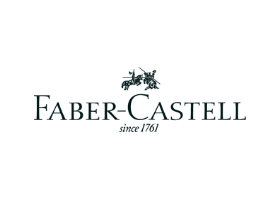1
Available Soon
Specifications
| Publisher | Elsevier Science Publishing Co Inc |
| ISBN 13 | 9780124077959 |
| Book Description | Markov processes are processes that have limited memory. In particular, their dependence on the past is only through the previous state. They are used to model the behavior of many systems including communications systems, transportation networks, image segmentation and analysis, biological systems and DNA sequence analysis, random atomic motion and diffusion in physics, social mobility, population studies, epidemiology, animal and insect migration, queueing systems, resource management, dams, financial engineering, actuarial science, and decision systems. Covering a wide range of areas of application of Markov processes, this second edition is revised to highlight the most important aspects as well as the most recent trends and applications of Markov processes. The author spent over 16 years in the industry before returning to academia, and he has applied many of the principles covered in this book in multiple research projects. Therefore, this is an applications-oriented book that also includes enough theory to provide a solid ground in the subject for the reader. |
| Editorial Review | Markov processes are the most popular modeling tools for stochastic systems in many different fields, and Ibe compiles in a single volume many of the Markovian models used indifferent disciplines. The information could be useful to graduate students and researchers in any field that uses Markov processes, he says, but he was thinking particularly of those in traffic engineering, image analysis, bioinformatics, biostatistics, financial engineering, and computational biology.-Reference & Research Book News, October 2013 |
| About the Author | Dr Ibe has been teaching at U Mass since 2003. He also has more than 20 years of experience in the corporate world, most recently as Chief Technology Officer at Sineria Networks and Director of Network Architecture for Spike Broadband Corp. |
| Language | English |
| Author | Oliver C. Ibe |
| Edition Number | 2 |
| Publication Date | 17 June 2013 |
| Number of Pages | 514 |
Markov Processes For Stochastic Modeling Hardcover English by Oliver C. Ibe - 17 June 2013
Added to cart
Cart Total SAR 0.00




























































































































